The Target Committee appointed by President Harry Truman to decide which Japanese cities would receive the Little Boy and Fat Man atomic bombings did not place Nagasaki among their top two choices. Instead they identified Kokura as the second target after Hiroshima. In Kokura, a city of 130,000 people on the island of Kyushu, the Japanese operated one of their biggest ordnance factories, manufacturing among other things chemical weapons. The Americans knew all this, but strangely had not targeted the city yet in their conventional bombing campaign. That was one of the reasons the Target Committee thought it would be a good option after Hiroshima.
The third choice, Nagasaki was a port city located about 100 miles from Kokura. It was larger, with an approximate population of 263,000 people, and some major military facilities, including two Mitsubishi military factories. Nagasaki also was an important port city. Like Kokura and Hiroshima, it had not suffered much thus far from American conventional bombing.
After the bombing of Hiroshima on August 6, workers on Tinian island labored intensely to put the finishing touches on the Fat Man bomb and prepare it for use. This was a plutonium implosion device of far greater complexity than the Little Boy bomb used at Hiroshima, which used uranium-235 in a fairly conventional explosive mechanism. The scientists and ordnance experts at Los Alamos had agonized for years over how to use plutonium in an atomic weapon, and Fat Man was the result.
The decision to use Fat Man just days after the explosion of Little Boy at Hiroshima was based on two calculations: the always-changeable Japanese weather—the appearance of a typhoon or other major weather event could force deployment to be postponed for weeks—and the belief that two bombings following in quick succession would convince the Japanese that the Americans had plenty of atomic devices and were ready to keep using them until Japan finally surrendered. Reports of approaching bad weather convinced the Americans to drop the next bomb on August 9.
The B-29 Bock’s Car on August 9, 1945. Courtesy US Army Air Force.
A B-29 named Bock’s Car took off from Tinian at 3:47 that morning. In its belly was Fat Man, and the atomic bomb was already armed. Major Charles W. Sweeney flew the plane while its namesake, Captain Fredrick C. Bock, piloted Sweeney’s usual mount christened “The Great Artiste.” The two men had switched aircraft as “The Great Artiste” held the sensitive measuring equipment used to monitor the atomic event. The Enola Gay took part in the mission, flying weather reconnaissance.
Over Kokura, clouds and smoke from nearby bombing raids obscured visibility. The Americans could see parts of the city, but they could not sight directly on the city arsenal that was their target. Sweeney flew overhead until Japanese antiaircraft fire and fighters made things “a little hairy,” and it was obvious that sighting would be impossible. He then headed for his secondary target: Nagasaki. In Kokura, meanwhile, civilians who had taken shelter after the air raid signal heard the all-clear, emerged, and breathed sighs of relief. None of them knew then, of course, how close they had come to dying.
Devastation at Nagasaki, 1945. Courtesy National Archives.
Clouds also obscured visibility over Nagasaki, and Maj. Sweeney, running out of fuel, prepared to turn back toward Okinawa. At the last second a hole opened in the clouds, however, and Bombardier Capt. Kermit K. Beahan announced that he could see his target. And so Fat Man began its journey, detonating over Nagasaki at 11:02 a.m. local time.
Devastation in Nagasaki, 1945. Courtesy Imperial War Museums.
Fat Man detonated at an altitude of 1,650 feet over Nagasaki with a yield of 21 kilotons, about 40 percent more powerful than Little Boy had been. It did so almost directly above the Mitsubishi factories that were the city’s primary targets, rather than over the residential and business districts further south. Tens of thousands of civilians, especially children, had already been evacuated from the city. The series of hills bracing Nagasaki also somewhat confined the initial blast and restricted the damage.
Japanese mother and son receive emergency relief food at Nagasaki, August 10, 1945. Courtesy National Archives.
Still, the impact was devastating, particularly because people had heard the all-clear after an earlier aircraft raid warning, and had left their shelters. Everything within a mile of ground zero was annihilated. Fourteen thousand homes burst into flames. People close to the blast were vaporized; those unlucky enough to be just outside that radius received horrific burns and, there and further out, radiation poisoning that would eventually kill them. Although estimates vary, perhaps 40,000 people were killed by the initial detonation. By the beginning of 1946, 30,000 more people were dead. And within the next five years, well over 100,000 deaths were directly attributable to the bombing of Nagasaki on August 9, 1945.
Ed Lengel, PhD
Edward G. Lengel is the former Senior Director of Programs for the National WWII Museum’s Institute for the Study of War and Democracy.
Cite this article:
MLA Citation:
APA Citation:
Chicago Style Citation:
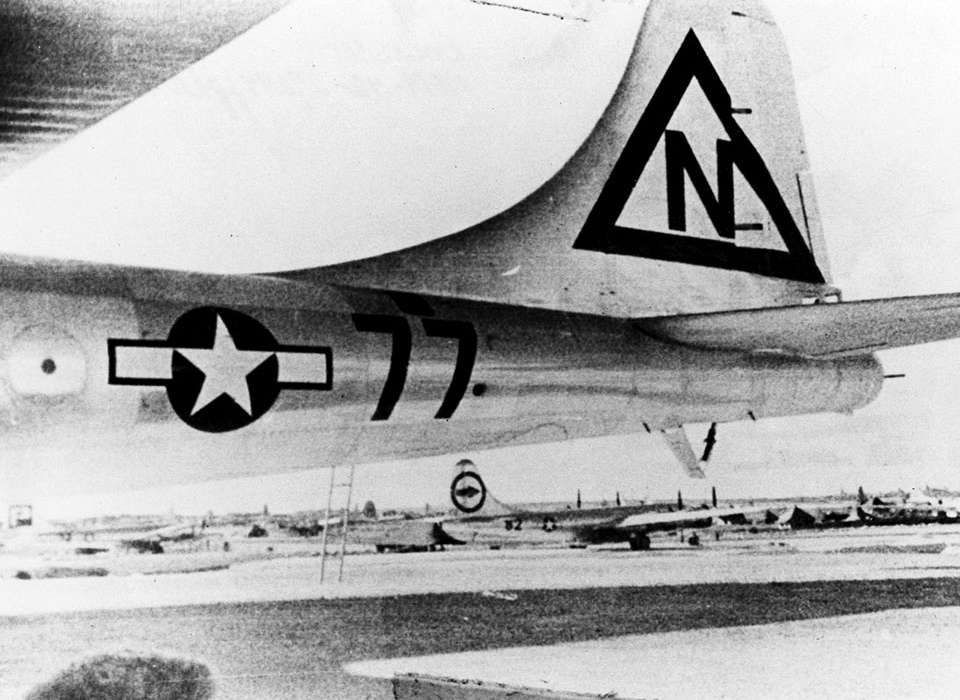
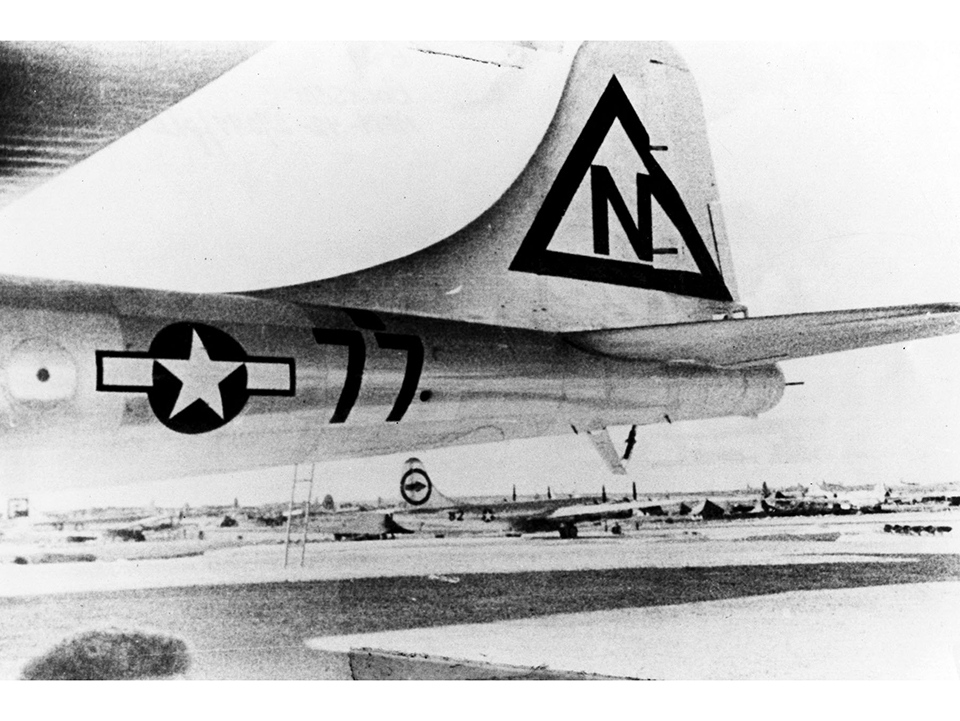
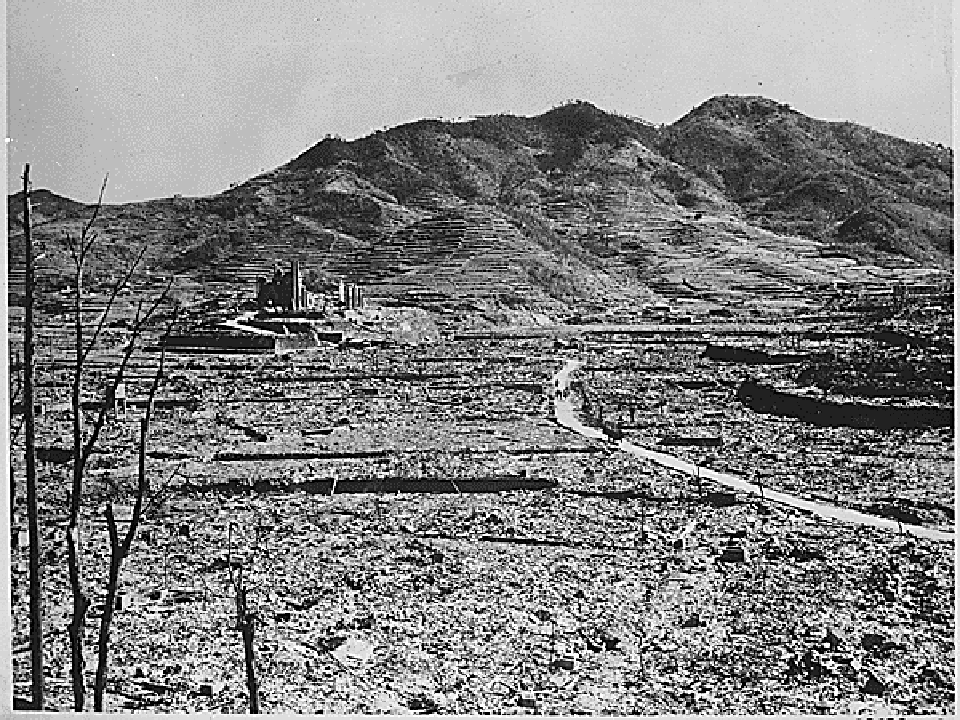
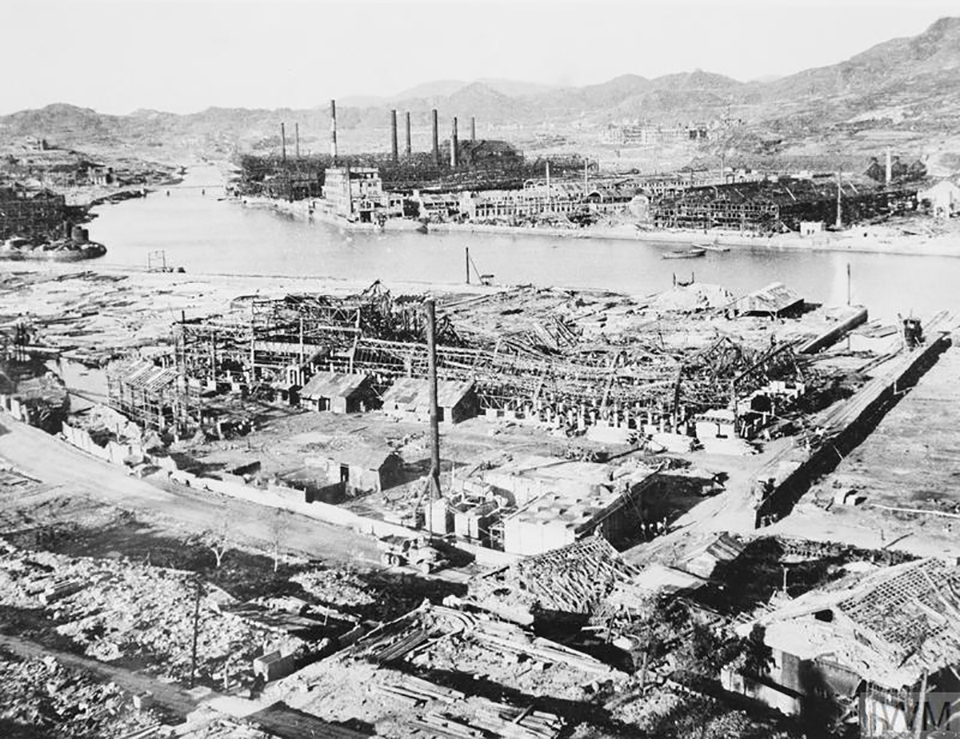
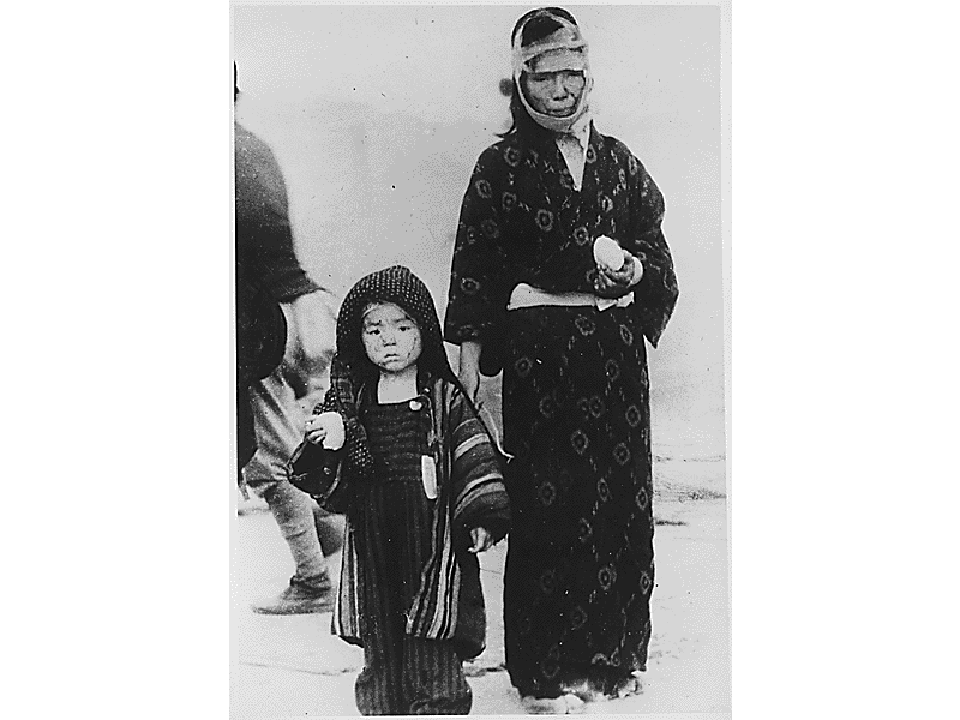
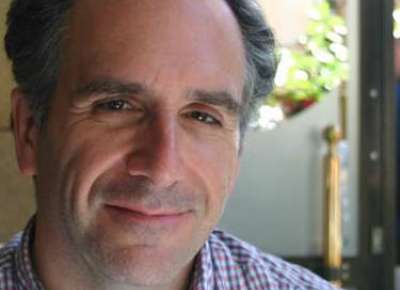
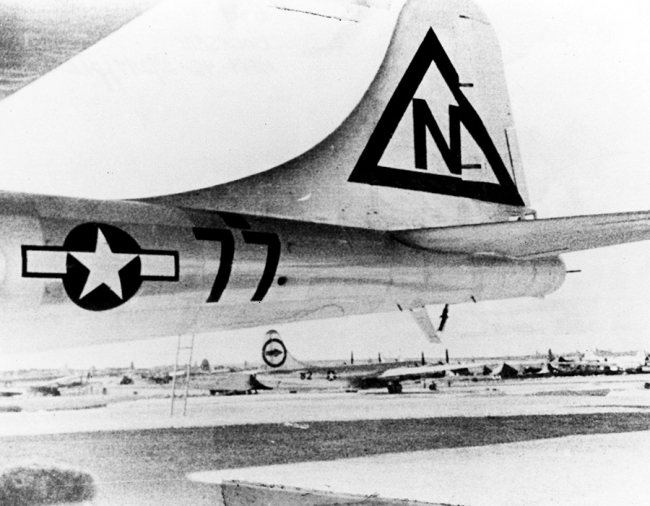





![Max Fuchs, New York City cantor, sings as Rabbi Sydney [sic] Lefkowitz, Richmond, VA, conducts the first Jewish services from Germany.](/sites/default/files/styles/max_650x650/public/2025-10/image1.jpg)

